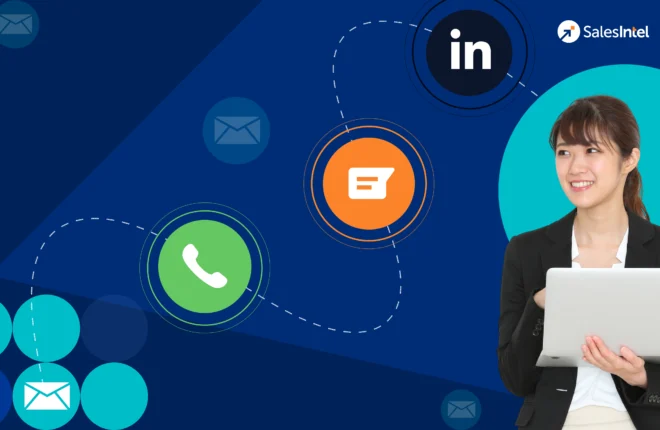A business-to-business (B2B) Search Engine Optimization (SEO) plan is a valuable marketing method that any B2B company should employ to attract targeted, high-value customers.
From increasing the ROI on your content to improving overall lead generation and moving more consumers through your sales funnel, having a sound B2B strategy in place (different from a B2C strategy) is the best way to improve brand recognition and online reach. With that said, below is a how-to guide on developing the best SEO strategy for your B2B business.
Start With a Buyer Persona
The more you know about your target market, the more effectively you can promote your products and services to them. Buyer personas are used by businesses to help facilitate this using data-driven profiles that explain the characteristics of your most valuable customers.
Pain points, professional standing, research methods, information sources, and the purchasing process are all laid out. This type of data analysis will influence your entire marketing strategy and your SEO approach. Are your buyers local? This would necessitate a more local approach to SEO and keywords, for example.
Local SEO for B2B involves building a solid foundation by conducting a thorough SEO audit and tailoring optimization. It includes finding location-specific keywords used by your users, keyword modifiers/qualifiers, technical site structuring, Google profile optimization, and many other things. The process also includes following several other local SEO ranking factors that you should equip yourself with.
It’s difficult to personalize your content for your ideal customer and, more crucially, their company or professional needs without well-researched buyer personas. Brand trust and value are provided long before the sale occurs, which leads to conversions. Create buyer personas to guarantee that your attempts to improve your search engine position provide a favorable ROI.
Have a Firm Understanding of Your Sales/Marketing Funnel
Your marketing funnel lays out the stages your customers must take to effectively navigate your sales pipeline. It is a set of touchpoints whose objective is to turn a prospect into a conversion.
Your SEO approach should be informed by your sales funnel and the data it provides you about your customers. It’s helpful to know the kind of clients that become repeat customers, their retention rate, prior effective marketing tactics, and statistics like time to purchase and sales volume.
Use this data to develop case studies, support panels, webinars, and other materials that will provide value and relevancy to your potential clients (i.e., buyer personas). How closely your web pages correspond with what your target population looks for online is one of the ways that search engines determine your relevancy and, therefore, where you fall in the search engine results pages. Keep in mind that over a quarter of people will click the first page they see in Google results. With a better click-through rate on targeted clients, you’ll have a broader reach.
Keyword Research
You need to use the right keywords to match your customers’ search queries. Link your website to the precise research questions that your buyer personas are asking — the search keywords that potential customers are putting into a search engine.
Keyword research has evolved into a science, and for good reason. You need to narrow in on your clients’ particular search keywords out of the millions of queries that are performed each day and the near-limitless number of web pages.
Content Strategy
After you’ve fine-tuned your marketing funnels, keywords, and buyer personas, you’ll need content that will provide value to your company clients. A business is after information on how their products and services solve customer problems. Knowing this is ultimately how you expand your business and see a good return on those digital marketing dollars. Content is an important part of establishing brand trust.
Also, be sure to use keywords to the stages of your sales funnel in your content. Include more instructive and interesting material in the attraction phase of your sales funnel, for example. Invite your online consumers to take advantage of discounts, how-to tutorials, and improved customer care in the final mile before purchase.
Build Your Backlink Profile
Backlinks are connections to your unique content from another website. Other pages will link back to ones on your website if you offer relevant information. That link will provide both referral traffic and SEO value.
The more backlinks to your pages you have, the more trust a search engine has in you. Backlinked pages from authoritative, highly-ranked websites provide you with credibility in the eyes of a search engine, and having a good reputation has a big influence on where you show up in search results.
There are plenty of ways to improve a backlink profile, from dedicated link-building efforts to earned media through developing relationships with journalists, bloggers, and podcasters.
Conclusion
Implementing a B2B SEO strategy takes time, but the work will pay off in the form of increased visibility and conversion rates. B2B marketing requires more time when strategizing, but with good SEO, you can find and attract the types of customers that will keep coming back. Keep the above steps and considerations in mind and execute a good B2B SEO strategy for long-term, sustainable growth.
About The Author
Thomas Colson is a journalist and writer, helping businesses to build a clear marketing message that creates sales consistently.




